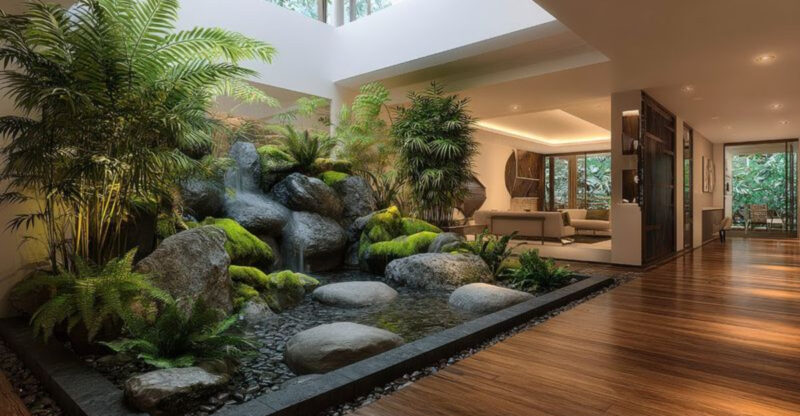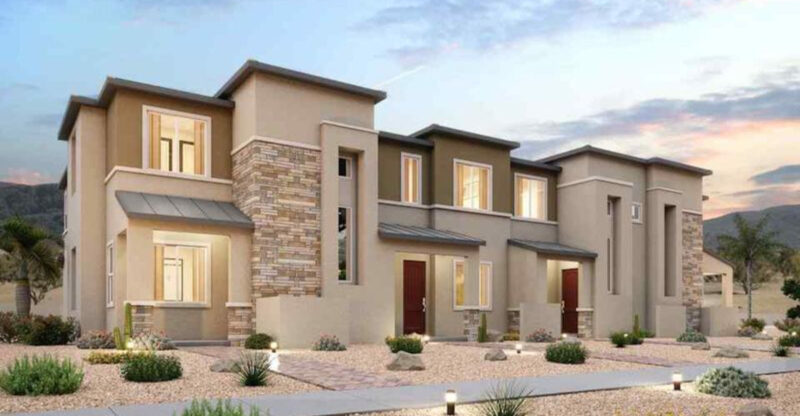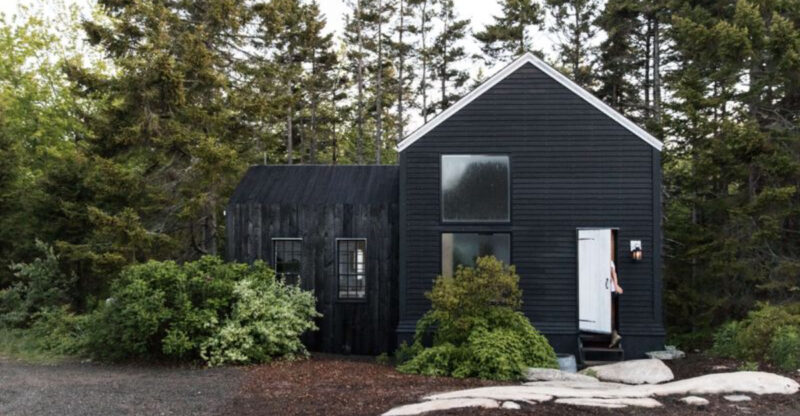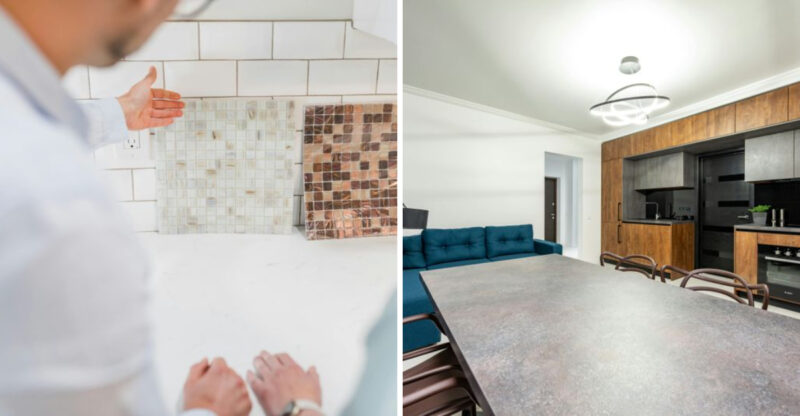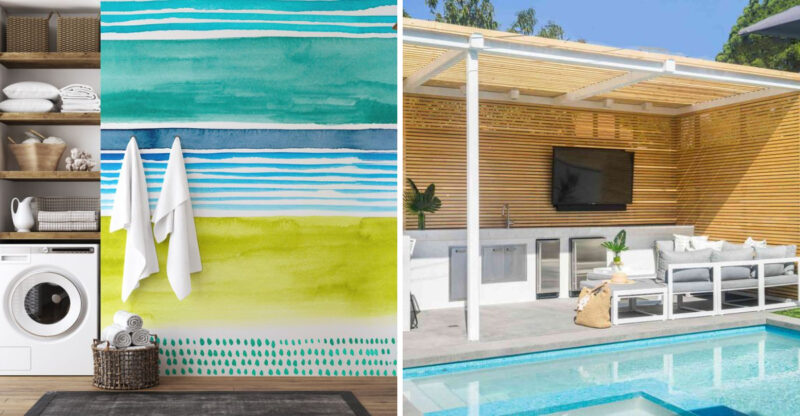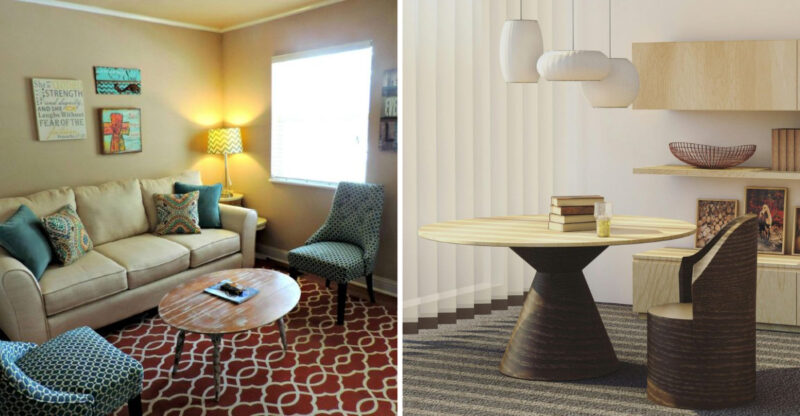The 2025 Housing Divide: 5 Homes That Will Cost More And 5 That Will Cost Less
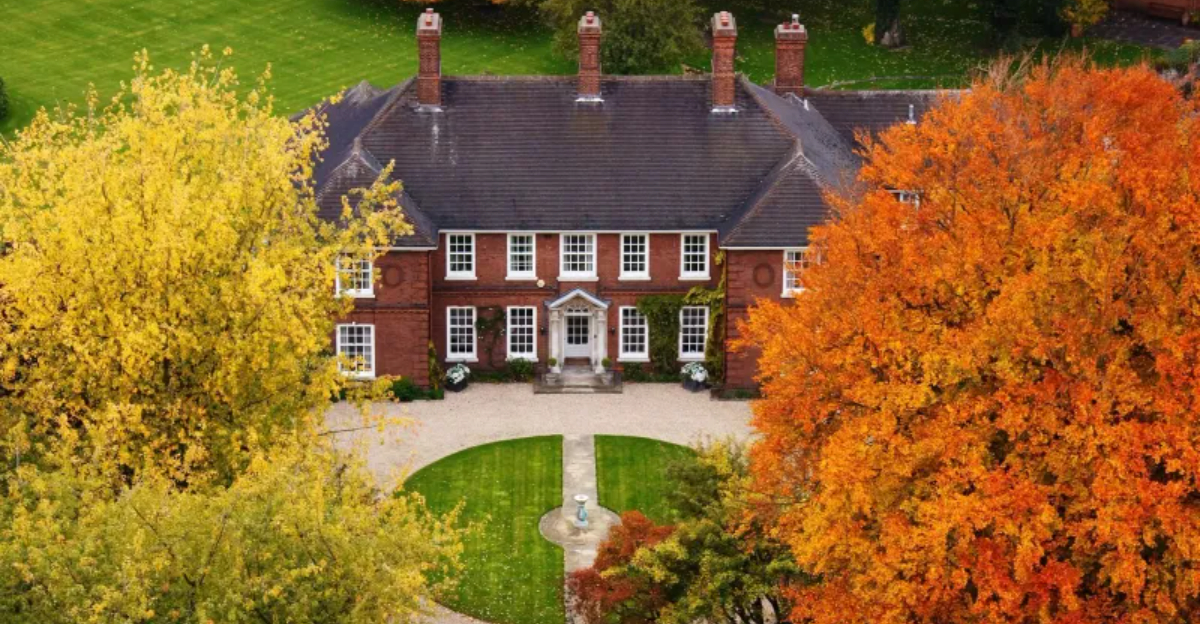
The housing market is heading into 2025 with a clear split – some homes are poised to rise in value, while others are set to fall behind. Shifting buyer priorities, from sustainability and smart tech to location and lifestyle, are redrawing the lines of what’s considered desirable.
In a landscape shaped by economic pressures and changing expectations, the real estate winners and losers are becoming easier to spot. Knowing which homes will gain ground – and which will lose it – could be the key to making your smartest move yet.
1. Energy-Efficient New Construction
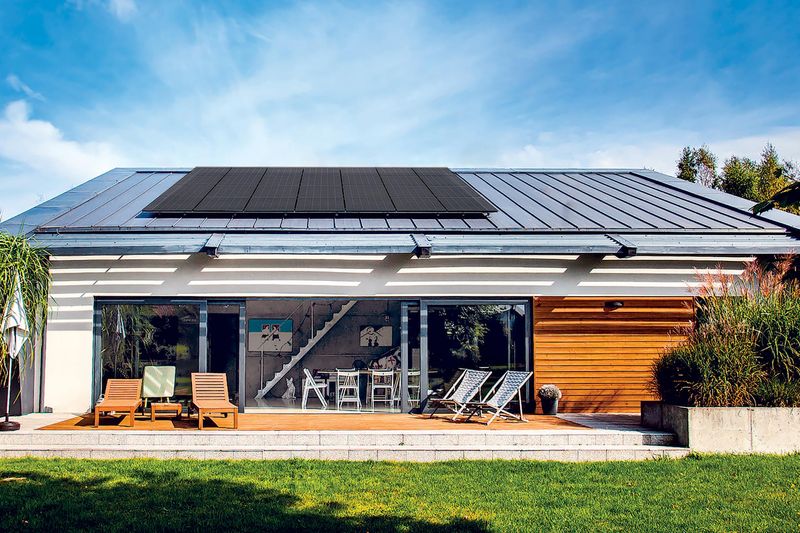
Looking ahead to rising utility costs, buyers are willing to pay premium prices for homes that slash monthly bills. Energy-efficient new construction features solar panels, superior insulation, and smart climate systems that reduce environmental impact.
These eco-friendly dwellings offer long-term savings that increasingly outweigh their higher initial price tags, especially as energy costs continue climbing and climate regulations tighten.
2. Walkable Urban And Suburban Homes
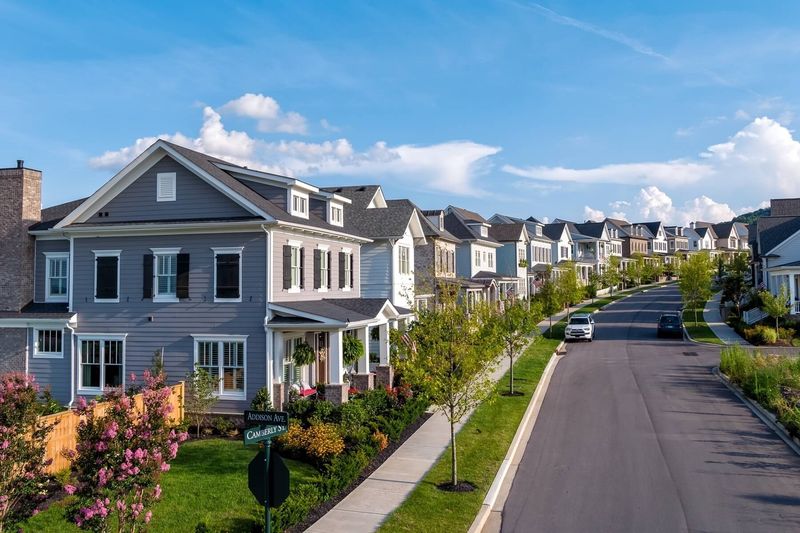
Proximity to daily necessities has become the new luxury. The appeal of stepping outside your door to find coffee shops, grocery stores, and public transit within a short stroll continues driving prices upward.
Walkable neighborhoods in both cities and suburbs command serious premiums as buyers prioritize convenience and community connection. These locations often feature lower transportation costs and higher quality of life ratings.
3. Properties With Income-Generating Potential
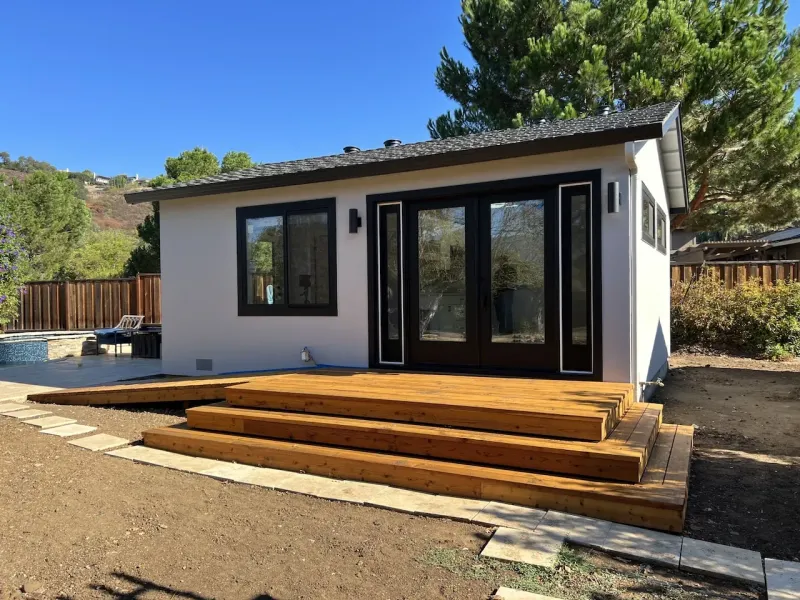
Money-making potential built right in? That’s what savvy investors are hunting for. Properties featuring accessory dwelling units, basement apartments, or flexible spaces that can be rented are commanding top dollar.
These income-generating homes help owners offset mortgage costs while providing housing options in tight markets. The demand reflects a growing financial pragmatism among homebuyers seeking to turn their largest asset into a revenue stream.
4. Renovated Historic Homes In Prime Locations
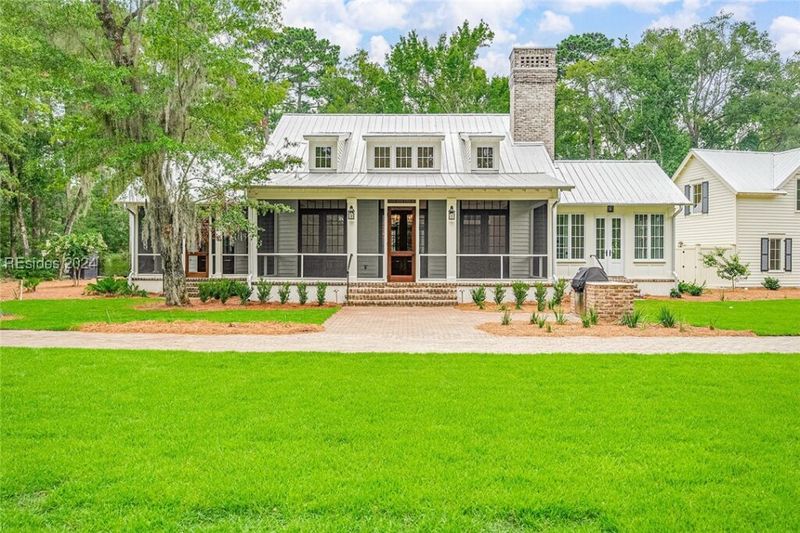
Character and craftsmanship from bygone eras continue capturing buyers’ hearts – and wallets. Renovated historic properties blend irreplaceable architectural details with modern conveniences, creating a unique living experience that new builds simply cannot replicate.
These homes in desirable locations offer prestige, charm, and often better construction quality than contemporary alternatives. Their limited supply virtually guarantees their value will appreciate in established neighborhoods.
5. Smart Homes With Integrated Tech And Security
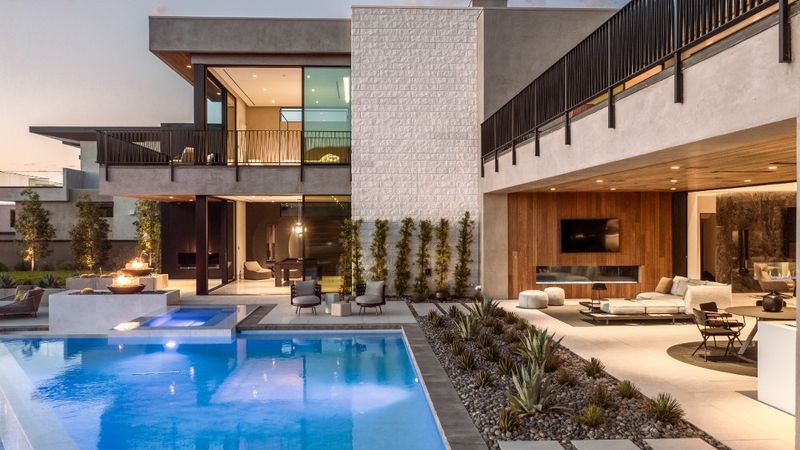
Futuristic living spaces equipped with seamless technology integration are commanding higher prices as tech-savvy buyers enter the market. Voice-controlled everything, comprehensive security systems, and automated climate/lighting solutions create homes that practically run themselves.
These intelligent dwellings offer convenience, energy savings, and enhanced security that increasingly justify their premium prices. The technology integration extends beyond novelty to practical lifestyle enhancements that buyers are willing to pay for.
6. Large, Inefficient Homes With High Utility Costs
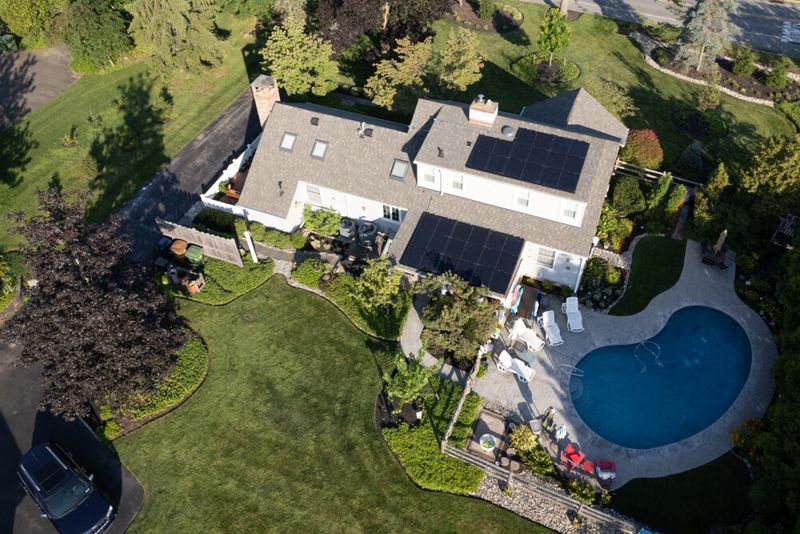
Yesterday’s status symbols are becoming tomorrow’s financial burdens. Sprawling houses with poor insulation, outdated HVAC systems, and energy-hungry features face declining demand as utility costs continue rising.
These large, inefficient properties require substantial monthly investments beyond the mortgage payment. Younger buyers especially are steering clear of these energy-guzzling behemoths, preferring smaller footprints with lower environmental impact and maintenance requirements.
7. Outdated Properties Requiring Major Renovation
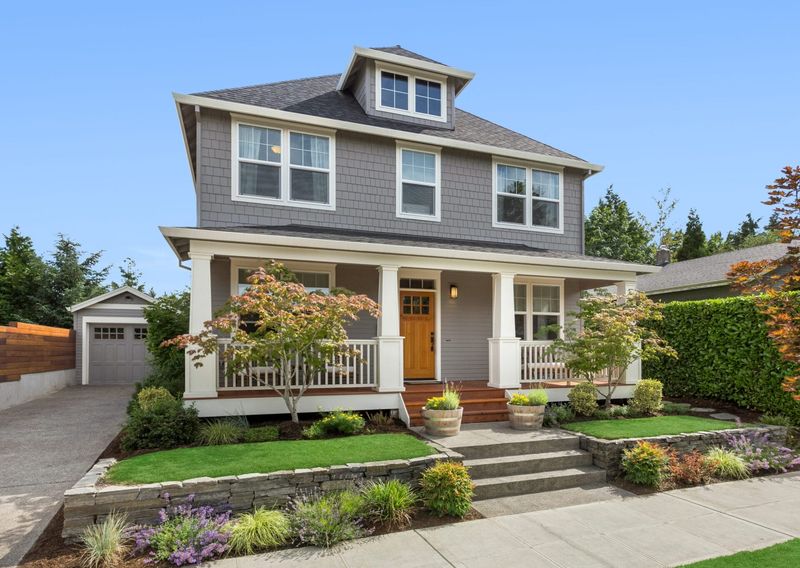
Fixer-uppers are losing their appeal as renovation costs skyrocket and buyer patience wanes. The combination of expensive building materials, contractor shortages, and supply chain challenges makes these properties increasingly risky investments.
Outdated homes needing significant updates face price pressures as buyers calculate the true all-in cost. The uncertainty and extended timelines of major renovations are pushing many buyers toward move-in ready alternatives, especially in unpredictable economic conditions.
8. Remote Rural Homes Lacking Amenities
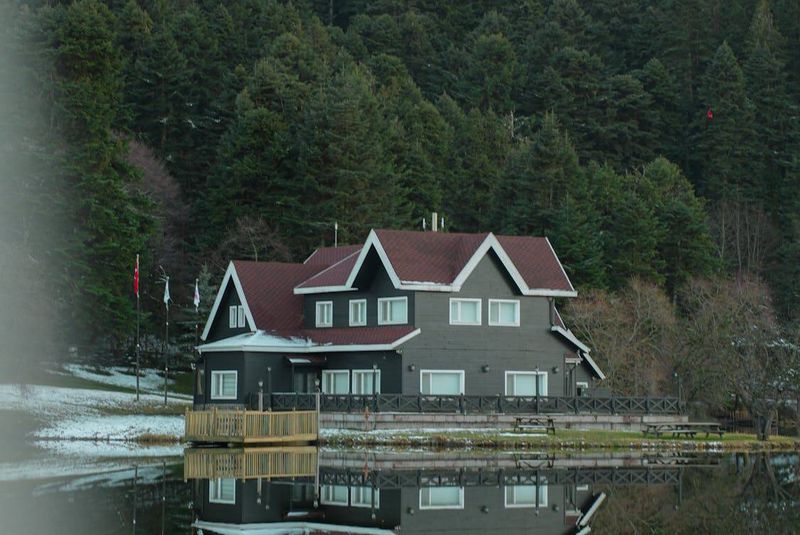
Far-flung properties once sought for pandemic isolation are seeing their pandemic premium evaporate. Without reliable internet, nearby healthcare, shopping options, or entertainment, these homes are struggling to maintain their appeal.
Remote rural properties face increasing price pressure as work-from-home policies evolve and people rediscover the value of community. The initial rural exodus is reversing as buyers realize the practical challenges of isolation and limited services.
9. Overbuilt Luxury Homes In Oversupplied Markets
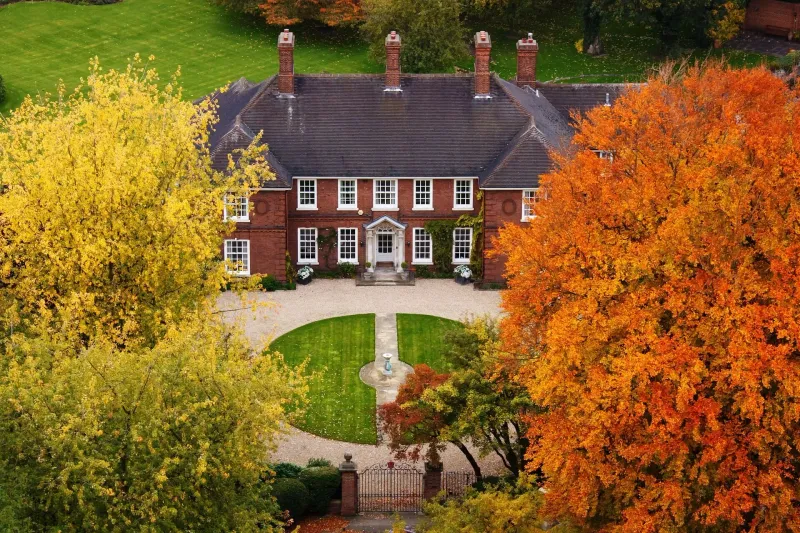
Bigger isn’t always better in tomorrow’s market. Excessive square footage and lavish features don’t translate to value when similar properties flood the same neighborhood, creating a buyer’s market for high-end homes.
Luxury properties in oversaturated markets face downward price pressure as supply exceeds demand. These overbuilt showpieces often include customizations that appeal to a limited buyer pool, further restricting their marketability as tastes and priorities shift.
10. Homes With Unresolved Maintenance Or Legal Issues
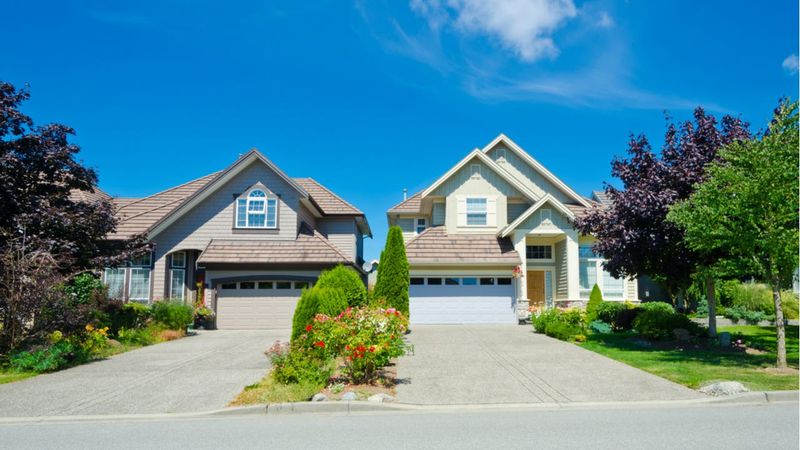
Savvy buyers are increasingly wary of properties with lingering problems that could become expensive headaches. Foundation issues, roof problems, boundary disputes, or HOA conflicts create red flags that drive prices down.
These troubled properties face steeper discounts as buyers become more informed and cautious. The transparency of online reviews, permit histories, and neighborhood information makes it harder to hide problems, forcing sellers to address issues or accept significantly lower offers.

